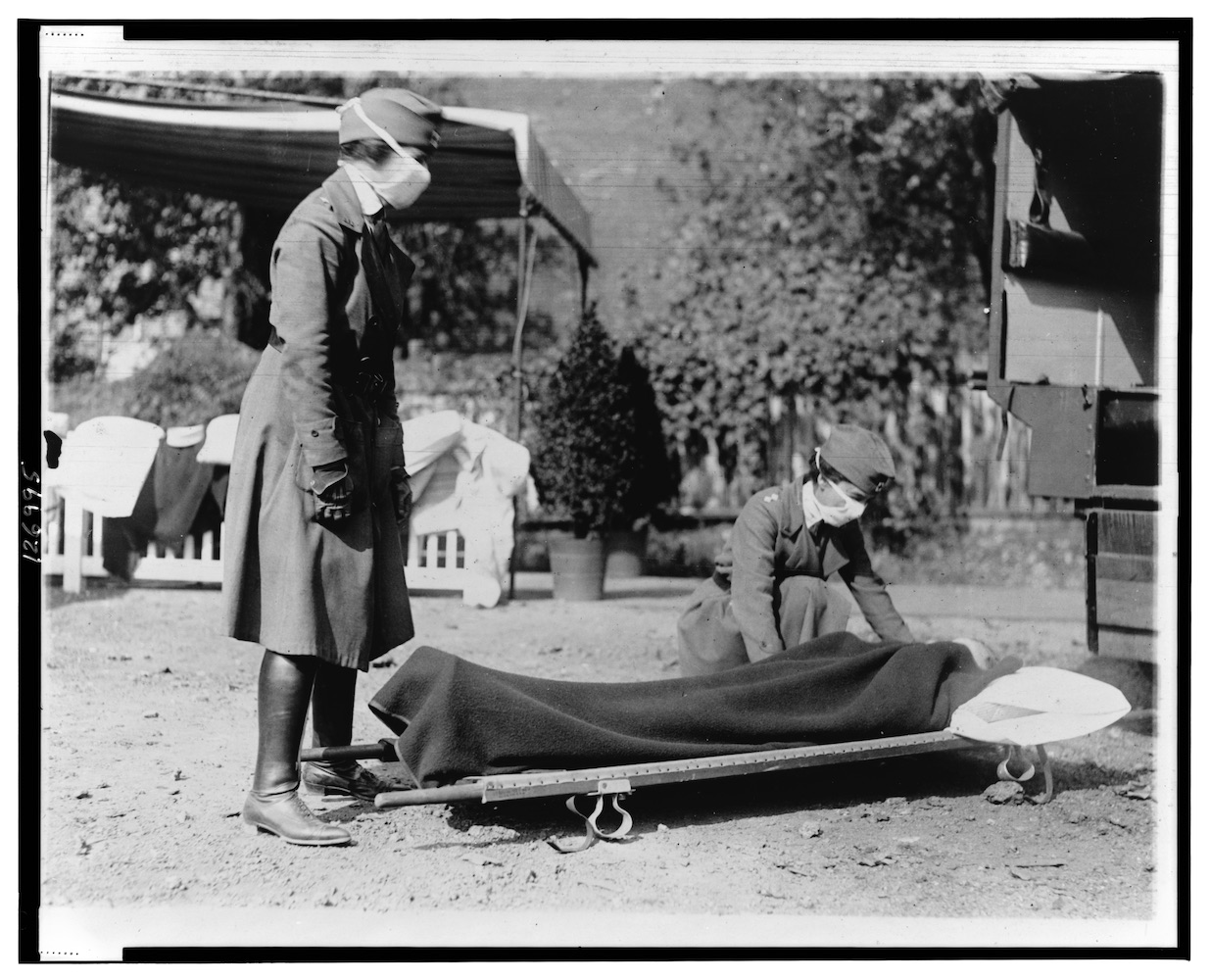Community, Leadership, Experimentation, Diversity, & Education
Pittsburgh Arts, Regional Theatre, New Work, Producing, Copyright, Labor Unions,
New Products, Coping Skills, J-O-Bs...
Theatre industry news, University & School of Drama Announcements, plus occasional course support for
Carnegie Mellon School of Drama Faculty, Staff, Students, and Alumni.
CMU School of Drama
Friday, April 17, 2020
The 1918 Spanish Flu Wreaked Havoc on Nearly Every Country on Earth. So Why Didn't More Artists Respond to It in Their Work?
news.artnet.com: More than a century after it killed upwards of 17 million people around the world, the 1918 flu pandemic, also known as the Spanish flu, has come charging back into the public consciousness. The disease—the most devastating of its kind in modern history—bears some eerie similarities to COVID-19, especially in its person-to-person transmission and global impact.
Subscribe to:
Post Comments (Atom)

4 comments:
I loved the question posed by this article. I learned quite a few new things from this reading. I never really thought about why the Spanish Flu is so forgotten about. However, it makes total sense (morbidly) that its death counts were considered low compared to WWI’s, combined with all the grotesque wars that happened post-WWI which effectively erased the impact of the Spanish Flu. It also has to do with memory. The article brought up that victims of the Spanish Flu were mostly young people and they are easily forgotten because they’re too young to have achieved anything. In regards to the lack of art among established artists, I do believe that war as a theme and subject is very glorified. Scenes of violence and its aftermath have always been depicted throughout art history, and are often the most famous pictures. Even before the 20th century, war is extensively depicted and glorified as seen in paintings of conflicts that appear in the Bible. People choose to forget about the effects of a pandemic to favor other things that can be romanticized and are instigated by humans.
This article got my attention because my dad brought up almost the exact same question to me the other day. We were talking about the historical impact of this pandemic on future studies of this era, and I think I realized that the reason that it was and still is difficult to create art about this kind of disease is because there isn't much to express about it other than how it feels. With the AIDS crisis the art was significant because of its connection to the LGBT community and the fact that people could still go out and protest, but with this kind of disease there isn't much in the way of opposition to depict. The AIDS crisis was a fight against the government, art about war depicts the life of soldiers and reflects ideals, but art about a pandemic is a deeper kind of struggle, or at least it is to me. That kind of emotion is harder to express in art while still being tied to a specific era or event, which is why there isn't much art we can associate with the Spanish Flu, and I actually don't think there will be much iconic work of this event.
As we've sat in our respective corners of the world, I've wondered about why there wasn't more art about the Spanish Flu, and wondered what kind of art will come out of the current pandemic. I've frequently heard the coronavirus compared to 9/11 in one way or another: loss of life, disruption to the economy, nationally shared trauma. I would be unsurprised if the artistic reponse to the coronavirus looks a lot like that. Maybe it's not quite as graspable for the purposes of TV premises and movies, but it could still yield a lot of fascinating art. Maybe after this is all over, we see a wave of tv series about pandemics and contagion. I could see it becoming a common theme, although it does seem like there's probably less of a public appetite for that than there was and is for the deluge of often simplistic anti-terrorism shows and movies that have come out since 9/11.
As a person who loves American History, the impact of the 1918 flu pandemic is not lost on me. Personally, I find studying historical events that share some similarities with current events fascinating. As the COVID pandemic continues, I have had some very enlightening conversations with other artists about how isolation impacts culture and art. The foundation of popular culture is ever-changing and is created based on the changing global environment. However, whenever people are no longer interacting with other people, this cultural growth seems to stop. I really thought this article explained really well why the 1918 flu panic is not as widely known as some people think it should be, especially considering that it killed so many people worldwide. I have always thought it was important to study and remember history so mankind can learn from our mistakes and hopefully historical events will remain in the past.
Post a Comment